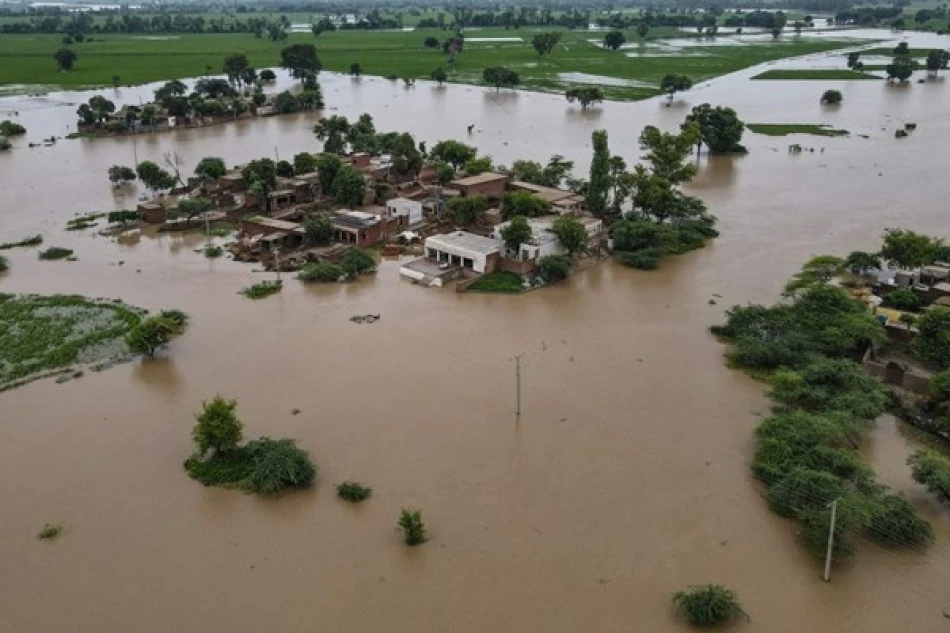
Bracing for Catastrophic Floods: Pakistan's Punjab Rivers Poised to Overflow
Pakistan Faces Critical Flood Risk as India Opens All Dam Gates Following Heavy Monsoon Rains
Pakistani authorities have issued urgent flood warnings for the Ravi River in the eastern Shah Darah region, as India opens all major dam gates in its portion of Jammu and Kashmir following torrential monsoon rains. The move creates an "exceptionally high" flood risk for Punjab province's river systems, highlighting the complex water management challenges between the nuclear-armed neighbors during peak monsoon season.
Immediate Flood Threat Escalates
Pakistan's government confirmed receiving official warnings from Indian authorities about the dam releases, prompting Islamabad to issue flood alerts for three major rivers flowing from India into Pakistani territory. The Ravi River, which flows through both countries before joining the Chenab River system, faces particular risk in the Shah Darah area east of Lahore.
The flood threat stems from a dangerous combination of heavy monsoon rainfall and excess water releases from Indian dams, creating downstream pressure that Pakistani water management systems must now absorb during an already challenging monsoon season.
Cross-Border Water Management Under Pressure
The Indus Waters Treaty Framework
This situation underscores the delicate balance required under the 1960 Indus Waters Treaty, which governs water sharing between India and Pakistan. The treaty, brokered by the World Bank, allocates the three eastern rivers—including the Ravi—to India while giving Pakistan rights to the three western rivers. However, monsoon-related dam releases often create downstream flooding challenges that test diplomatic and technical cooperation.
Monsoon Season Complications
The current crisis reflects broader challenges facing South Asian water management during increasingly intense monsoon seasons. Climate change has made rainfall patterns more unpredictable and extreme, forcing dam operators to make rapid decisions about water releases that can have cross-border implications within hours.
Regional Impact and Economic Consequences
Punjab province, Pakistan's agricultural heartland and most populous region, faces significant economic risks from major flooding. The province produces much of Pakistan's wheat, rice, and cotton crops, making flood damage a national food security concern. Previous major floods in 2010 and 2014 caused billions in agricultural losses and displaced millions.
The timing during peak monsoon season compounds the risk, as soil saturation levels are already high and river systems are operating near capacity. Emergency services and disaster management agencies are likely mobilizing resources to manage potential evacuations and flood response operations.
Broader Water Security Implications
This flood warning reflects the growing complexity of transboundary water management in South Asia, where upstream decisions by one country create immediate downstream consequences for millions of people. As extreme weather events become more frequent, both countries face pressure to improve early warning systems and coordinate dam operations more effectively.
The situation also highlights Pakistan's vulnerability to water-related disasters, particularly in Punjab's densely populated river valleys. With limited water storage capacity relative to annual flow volumes, Pakistan remains highly susceptible to both floods and droughts, making effective regional cooperation increasingly critical for long-term stability.
 Layla Al Mansoori
Layla Al Mansoori







